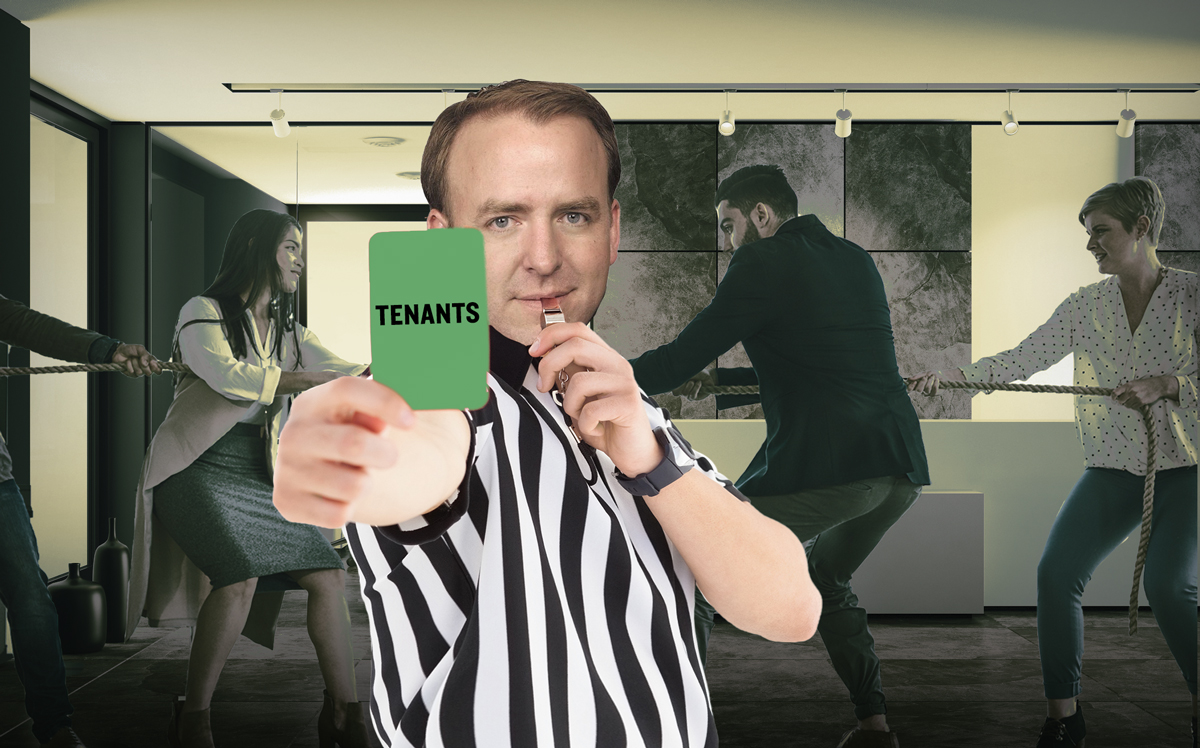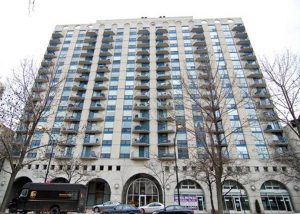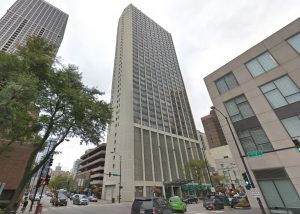Trending
 Lawmakers reach sweeping housing deal with “good cause eviction,” new 421a
Lawmakers reach sweeping housing deal with “good cause eviction,” new 421a David Werner strikes $115M deal to snap up 100 Wall Street at big discount
David Werner strikes $115M deal to snap up 100 Wall Street at big discount Harry Macklowe faces major losses on Miami, Midtown projects
Harry Macklowe faces major losses on Miami, Midtown projects Javier Cervera wins lawsuit against hedge funder Mark Brodsky tied to Gables Estates mansion
Javier Cervera wins lawsuit against hedge funder Mark Brodsky tied to Gables Estates mansionThe Chicago condo deconversion craze is dying
The market was already slowing before new City Council rule requiring 85 percent of owners to approve a bulk sale

Essex Realty’s Steven Livaditis may have been the last broker in Chicago to close a condo deconversion deal during its glory days, when only 75 percent of sellers had to approve a bulk sale.
Hours before a new rule upping the deconversion threshold to 85 percent of sellers went into effect, his client closed on a 26-unit condo building in Edgewater. Several attorneys told him that other condo associations around Chicago were scrambling to get their votes through before the deadline.
“Having gone through this process hundreds of times over the last five years, I can tell you that it’s very, very difficult to get over 85 percent,” Livaditis said, estimating that only about half of the deals that he’s closed have exceeded that threshold.
Deconversions, or turning condos into rental apartments, have tripled in dollar volume yearly in Chicago since 2016 — but this year, the market is highly unlikely to see any growth at all, according to an analysis by The Real Deal.

1250 North LaSalle Drive (Credit: Coldwell Banker Homes)
The full City Council approved the ordinance last month, with co-sponsor Alderman Brendan Reilly calling it a protection against displacement for longtime residents. The new, higher threshold for owner approval on bulk condo sales went into effect on Wednesday.
The smart math
The Chicago deconversion market has drawn investors who are seeking the upside in renovating older apartments at market-rate rents, but don’t want the risk or the higher costs of ground-up development. Often, investors already own a high number of units in the condo building before lodging an official deconversion bid, a way of ensuring a majority vote.

Essex Realty’s Steven Livaditis
For them, the math is simple: ground-up development in Chicago can easily hit $400 a square foot. But a savvy investor can take control of a condo building, renovate the units, find tenants and get liquidity flowing in just months. All for under $300 a foot in a hot rental market.
But it’s not for the meek — competition can be fierce and the condo owners are often unwilling sellers. Earlier this month, condo owners at Lake Point Tower beat back an effort to force a deconversion of the 758-unit high-rise, prohibiting any individual owner from controlling more than 2 percent of units.
Investors are mostly targeting properties where they are sure the owners will be eager to cut a deal, said Interra Realty broker Joe Smazal, who has completed at least eight deconversion deals. Sellers can achieve a 25 percent premium on the value of their home, and they’re often motivated to sell if the building needs repairs and has deferred maintenance, said Avison Young’s Jim Hanson, who commissioned a study on deconversions in Chicago.
Those types of deals were already becoming rare before the new rules took effect, according to property investor David Ruttenberg. “It’s been a quieter year,” he said. “The low-hanging peaches have been picked.”
Bigger deals, but fewer of them
In 2016, buyers collectively spent $53.5 million on condo deconversions. Since then, that amount has tripled each year, totaling $523 million in 2018, according to a TRD analysis of closed property transactions and brokers’ sales records. But through September 2019, only $240.5 million in deconversions had been announced (many have not closed). At this rate, 2019 sales will likely check in around the $300 million mark — a little more than half of last year’s total, according to our analysis.
Investors who are closing deals are stomaching higher prices — per unit costs this year are up 10 percent over last year, our analysis found.

2 East Oak Street (Credit: Google Maps)
The upward pressure on prices at a time when “skyrocketing” property assessments have upped taxes, said Livaditis, and the prospect of rate hikes in Illinois have driven down the confidence of investors and developers alike, despite continued demand from the Chicago rental market.
“That’s the No. 1 concern for investors in the city of Chicago that can significantly hurt or benefit deconversion,” said Livaditis, who is the principal and managing director of Essex.
Since 2016, the number of transactions has not grown as aggressively as the dollar volume and number of units purchased, suggesting a slight trend toward fewer but bigger purchases.
“It started with the smaller deconversions in the neighborhoods, then it moved to the downtown market. And with that, the properties got much larger,” said Integra Realty’s Gail Lissner, who specializes in deconversion sales.

David Ruttenberg
Ruttenberg, who’s the managing partner at Ruttenberg Gordon Investments and principal at Marc Realty Capital, was involved in the largest deconversion in Chicago’s history when just over 75 percent of owners voted in favor of deconverting the 449-unit River City building in the South Loop. Due to the scale of the building, he wonders where $90.5 million deal would’ve stood if it had to reach the 85 percent threshold because that means the owners of about 45 additional condos would’ve had to be on board.
Livaditis believes deconversions in Chicago will continue, but not with the same velocity seen over recent years.
“There’s no question, but there needs to be better transparency and clarity between all of the parties involved so everyone fully understands the pluses and minuses of going through this process,” he said. “I think 85 percent is a very high barter reach, but I think it is possible if you have the right support, meaning if the deal does make sense.”
